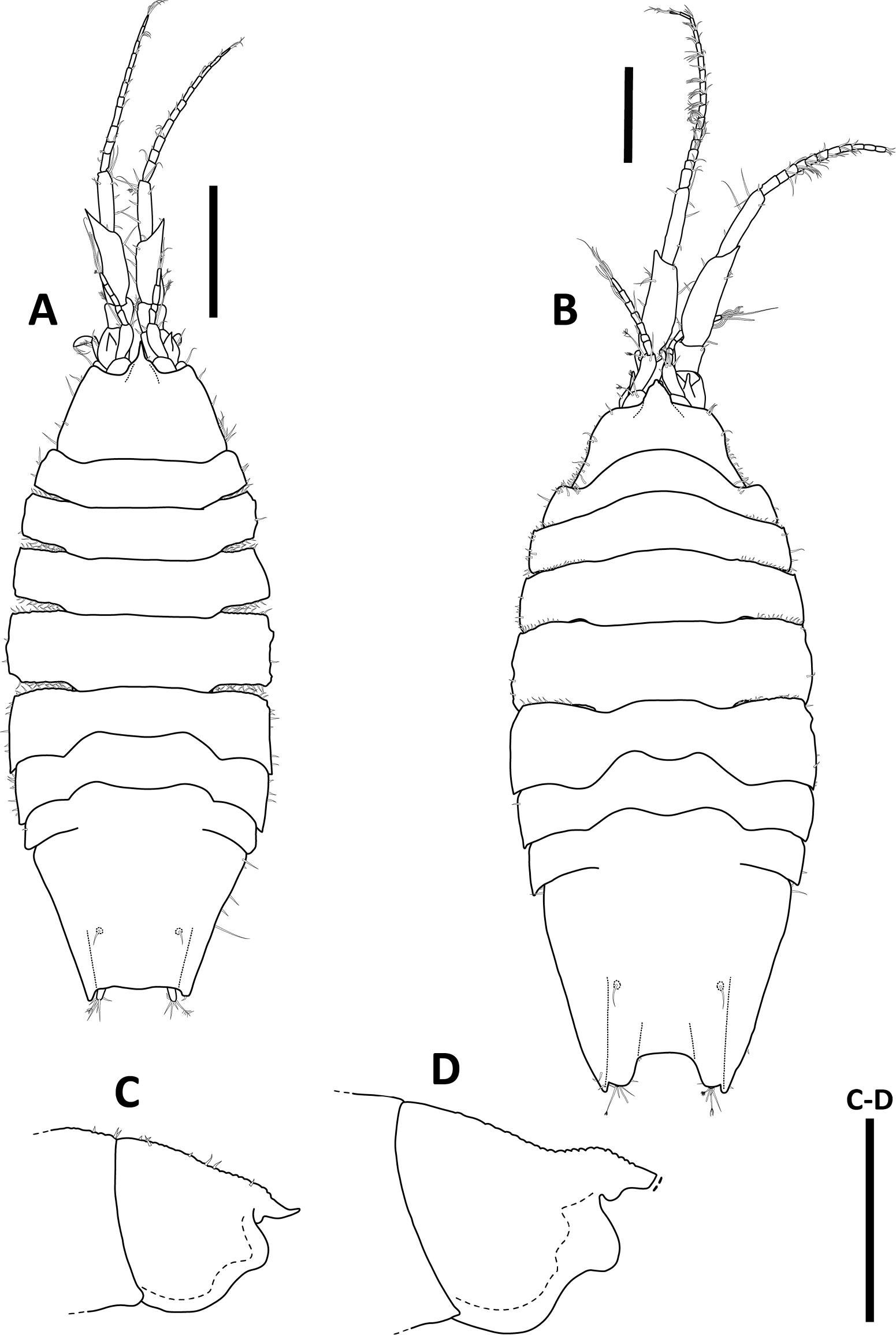Head down deep enough into the ocean and you might just find the lord of the underworld – except it turns out he’s a bit more… crustacean-y than you might’ve been expecting.
Ok, scientists haven’t really found the spirit of Hades lurking in a creature at the bottom of the sea. However, the name of the Greek god of the dead has served as inspiration for something they did discover in the depths of and around the Pacific Ocean’s Kuril-Kamchatka Trench: a brand-new species of isopod, dubbed Haploniscus hades.
It’s a pretty appropriate name given where H. hades lives; the trench extends down to the hadal zone, itself named after Hades. As the deepest part of the ocean, it’s about as close to the underworld as you can get in real life – it’s dark, cold, and full of freaky-looking deep-sea beasties with strange adaptations to this extreme environment.
Many of these unusual creatures are also “cryptic”, belonging to complexes of species that, at least as far as appearances go, are incredibly difficult to distinguish from one another. That includes H. hades; until now, it was in fact thought to be another species entirely, Haploniscus belyaevi, first described in 1963.

An illustration of a female (A and C) and male (B and D) H. hades.
However, thanks to modern techniques – including the first ever genomic data for this particular family of deep-sea isopods – scientists have now been able to determine that what looked like H. belyaevi is actually a complex of at least six isopod species.
That complex still includes H. belyaevi, which has been redescribed, but also H. hades, as well as four other new species, all of which have been named after figures from Greek mythology.
H. hades isn’t just named as such because of how deep it lives, but also in part because of how it hides its tail appendages, something that reminded the researchers of Hades’ cap of invisibility.
There’s also Haploniscus apaticus, derived from Apate, the goddess of deceit; the researchers explain that “[t]his name refers to this species’ lack of a pronounced sexual dimorphism […] keeping it hidden amongst its sibling species until recently.”
Hades and Apate are joined by Haploniscus erebus and Haploniscus nyx, named after the Greek personification of darkness and the goddess of the night – again, appropriate given the lack of light down in the deep sea.
The final member of this new species complex is Haploniscus kerberos, after the monstrous, three-headed canine guard of the underworld, Kerberos/Cerberus. Like its namesake, H. kerberos sits on the outskirts: “This name relates to this species’ distributional range, which, according to the available data, is limited to the abyssal plains adjacent to the hadal Kuril-Kamchatka Trench,” the researchers write.
That’s quite the pantheon for a group of critters only a few millimeters long.
The study is published in Zoosystematics and Evolution.
Source Link: Hades, Is That You? New Deep-Sea Isopod Species Named After God Of The Underworld